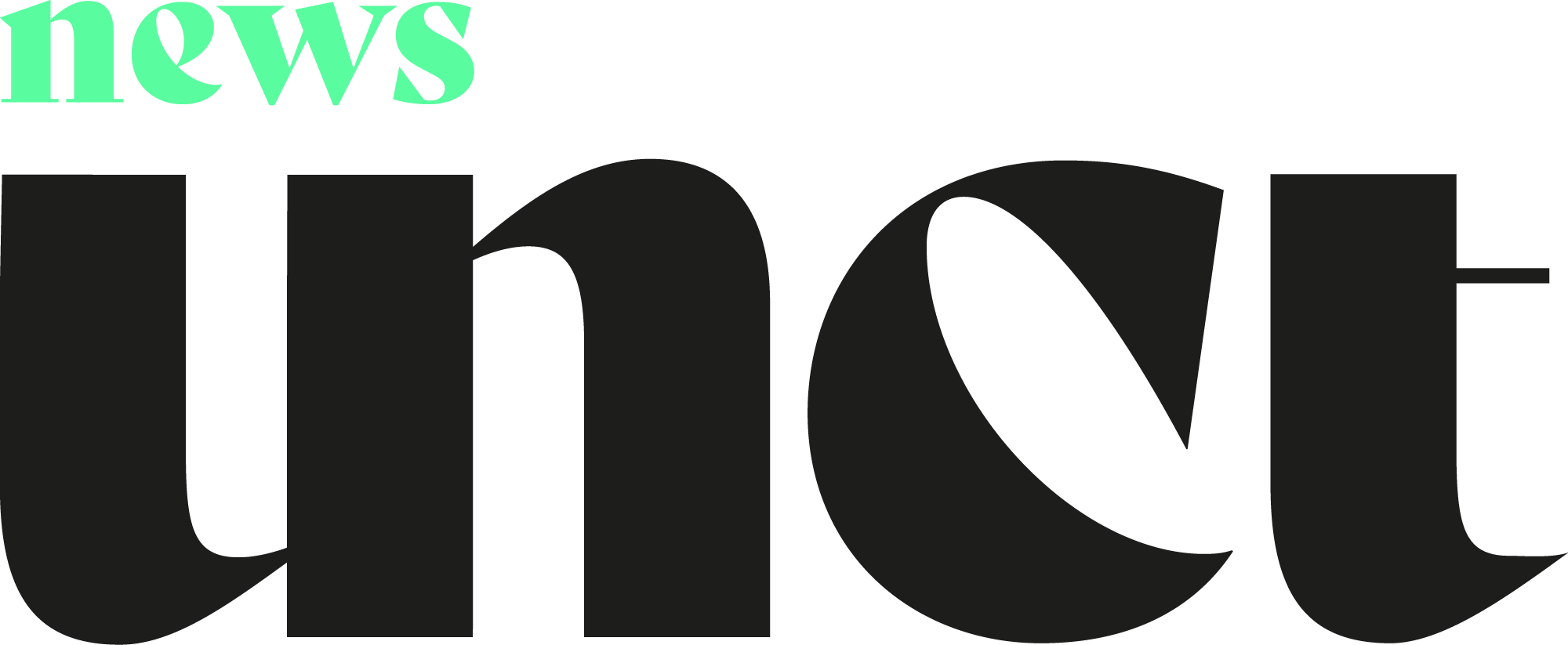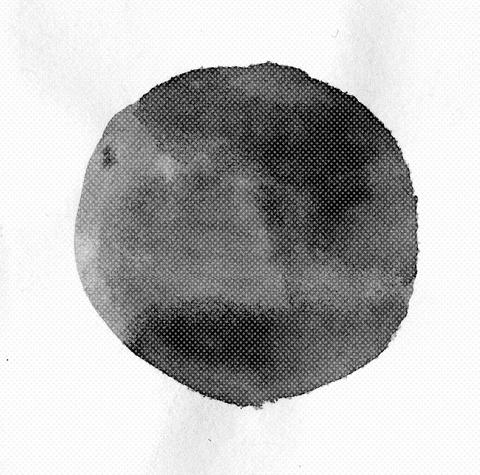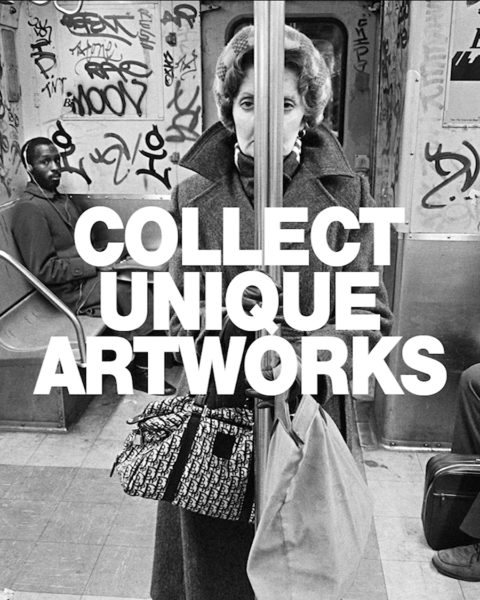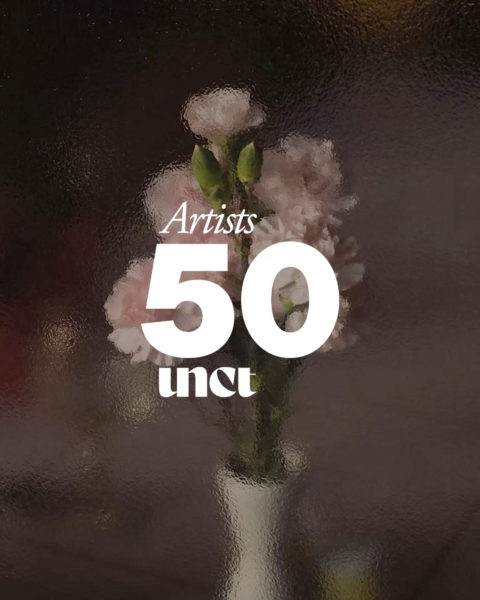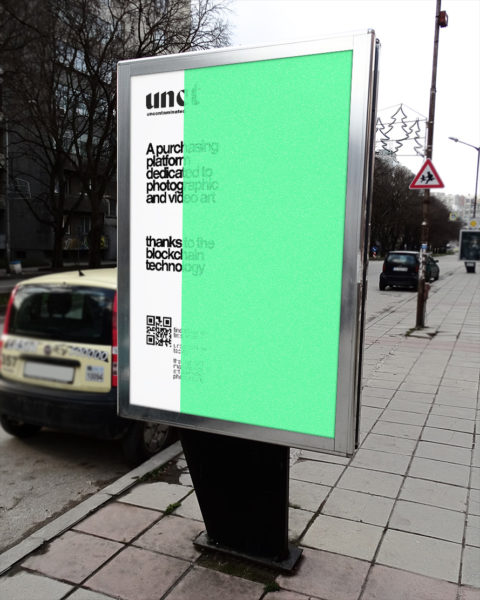The traditional art market has been undergoing a transformational process since the rise of NFTs in 2020. With digital art at the forefront as one of the main sources of generating income thanks to an influx of cryptocurrency transactions, it is no wonder that in just under a year the NFT market is booming, and just about anyone from teens, to digital artists, to celebrities and aficionados are trying to get into the market to make some fast hard cash.
With the rise of digital art NFT platforms and the impact they are causing on the art market as a whole, generating large amounts of revenue, and turning traditional systems upside down with institutions and affirmed artists subscribing to Blockchain Technology, the question is how will this impact the long-established form of creating and trading “traditional art” and how may we distinguish what’s really art from what’s not in an ever transformative system? But most importantly who will dictate what’s what.
This is a very difficult issue to tackle at the moment for both curators and gallerists alike, accustomed to traditional methods of quoting a work of art to then launch it on the market through exhibitions, galleries, auctions, and trading, NFT platforms have done away with the middle man and to a certain extent, “anyone” could produce an NFT make a massive profit, and technically be defined as an artist. The 12-year-old boy from London who made about £290,000 after creating a series of pixelated artworks called ‘Weird Whales’ is a striking example.
Has the possibility to call oneself an artist become more democratic and accessible to all or are standards being lowered thanks to the ease with which ‘art’ may be created, sold, and traded? Well, it really is a fine line and the debate could go either way…however, without wanting to seem pretentious, the long road to becoming an artist still remains intact and uncontaminated.co aims to foster and promote this notion.
NFTs should not only be seen as an easy way to make a profit with small means but rather as an opportunity for artists who have carried out a systematic approach of research tied to their work, to be able to enter the art system efficiently whilst being protected. In fact, the technology itself, which offers a certification of the work of art, is a way to ensure authenticity and at uncontaminated.co this process is put into practice thoroughly.
Our aim is to create an ecosystem that promotes qualitative research behind the artists it promotes. For one, this ensures that the collectors are purchasing a ‘real’ authenticated work of art, whilst allowing artists that have dedicated their life work and energy to creating original and inspiring work to showcase their art to a wider audience without intermediaries producing connections and new mechanisms of awareness in an ever-growing market.
uncontaminate.co does not aim to replace traditional art market dynamics, but rather to fill a gap, inserting itself within the market using a safe, accessible, and Avant-guard technology (Blockchain), to exchange works of art that may be easily authenticated into NFTs, in order to be traded generating revenue and prestige for both the artist and the collector.
By browsing our platform, you may note a curatorial approach to our selected artists, whilst we aim to be inclusive and as democratic as possible, an eye towards research, innovation, quality, and experience are all elements that distinguish the works on display. In the words of Ansel Adams: “You don’t take a photograph, you make it.”

